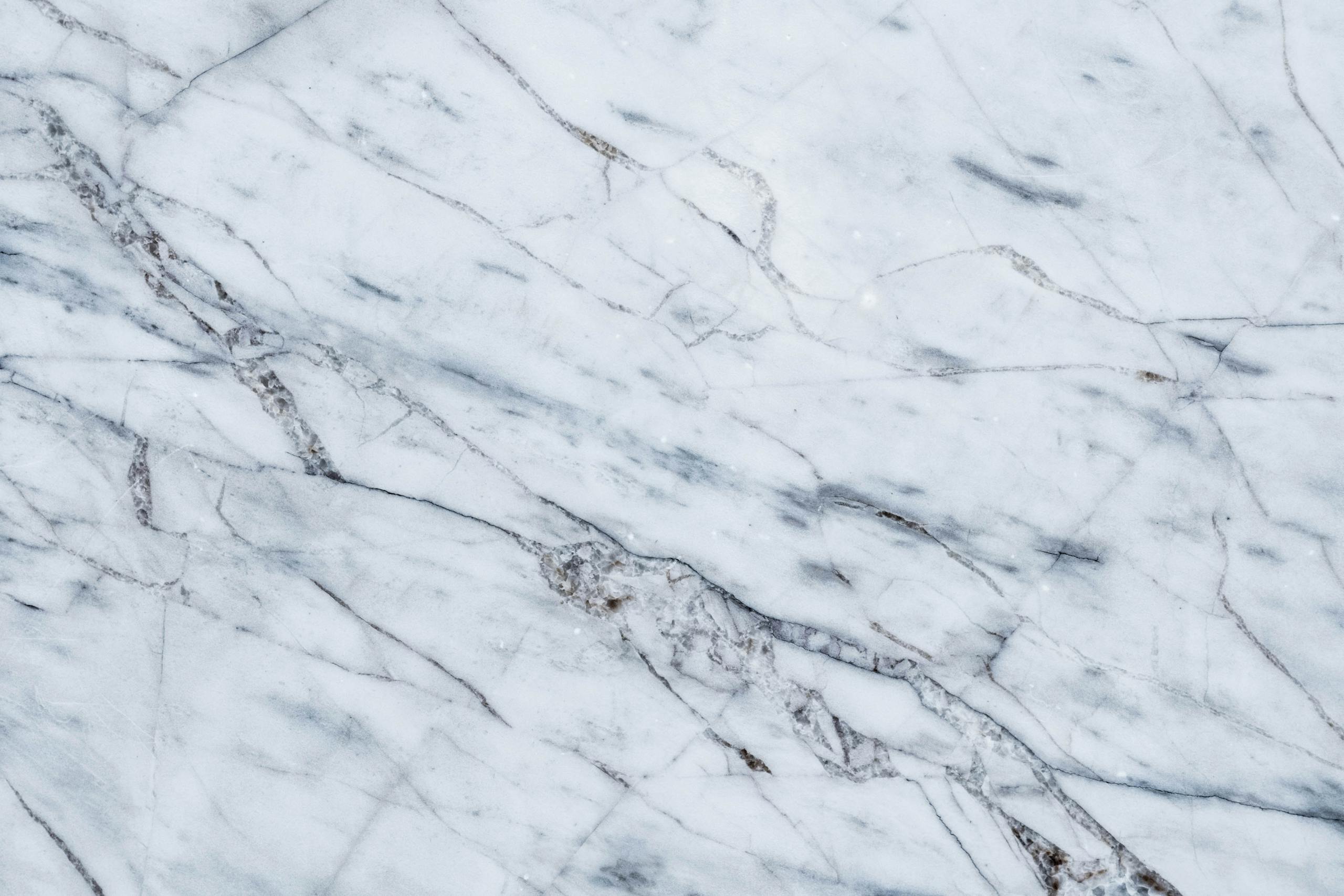Introduction: The Timeless Appeal of Marble Facades
Marble has long been associated with timeless elegance in architecture. When applied to building facades, marble elevates the structure into a symbol of sophistication and prestige. However, installing marble on vertical surfaces involves complex systems designed to ensure safety, durability, and aesthetic impact. With evolving technology, marble cladding has taken on new forms—balancing traditional charm with modern engineering.
What Is Marble Cladding?
Marble cladding is the process of covering a building’s exterior walls with thin panels of marble. These panels are mounted onto a substructure that provides support and absorbs structural stress. The marble used is typically cut into slabs 2–3 cm thick, which are then secured in place using mechanical or adhesive systems.
Cladding serves both aesthetic and functional purposes:
- Visual elegance and natural variation in texture and veining.
- Thermal and moisture protection when integrated with insulation layers.
- Durability against weather and UV exposure.
Installation Systems for Marble Cladding
There are two main types of installation systems used in marble facade cladding:
1. Mechanical Fixing Systems
These systems use stainless steel or aluminum substructures to hold the marble panels in place. Common methods include:
- Bracket and rail system: Horizontal and vertical aluminum rails hold brackets that support the stone.
- Undercut anchors: Installed at the back of the panel to create a concealed fixing.
- Clamp-based systems: Visible or hidden clamps grip the panel edges.
Advantages:
- High structural stability.
- Easier panel replacement.
- Better tolerance for thermal expansion.
2. Adhesive-Based Systems
This method involves bonding marble panels directly to the substrate using specialized adhesives.
Advantages:
- Lower material cost.
- Flush finish without visible hardware.
Limitations:
- Less flexibility.
- Risk of detachment in extreme weather if not properly executed.
Natural Marble vs. Synthetic Alternatives
Choosing between natural marble and engineered materials depends on various project criteria:
| Feature | Natural Marble | Synthetic Alternatives (e.g., Sintered Stone, Porcelain) |
|---|---|---|
| Aesthetic Value | Unique veining and depth of texture | Controlled patterns, uniform look |
| Weight | Heavy (approx. 60–80 kg/m²) | Lighter (30–50 kg/m²) |
| Cost | High (premium material and handling) | Generally lower |
| Durability | Strong, but prone to etching and cracks | Highly resistant to weather and impact |
| Sustainability | Natural but extraction-intensive | Often made with recycled content |
| Maintenance | Requires sealing and gentle cleaning | Low maintenance |
For high-end projects that emphasize authenticity, natural marble remains the material of choice. For cost-conscious or large-scale developments, synthetics offer a practical alternative.

Structural Considerations and Weight Management
Since marble panels are heavy, especially when used over large vertical areas, the substructure must be carefully engineered:
- Wind loads and seismic activity must be considered.
- Systems must accommodate thermal expansion and settlement.
- Use of honeycomb-backed marble or composite panels can reduce weight without compromising appearance.
Maintenance and Longevity
Properly installed marble cladding systems can last decades. However, periodic inspection is critical to:
- Detect signs of anchor corrosion.
- Ensure adhesive integrity (in glue-fixed systems).
- Clean stains and biological growth to maintain appearance.
Aesthetic Impact and Design Versatility
Marble cladding enhances both modern and classical facades. Common finishes include:
- Polished: Reflective and luxurious.
- Honed: Smooth and matte.
- Brushed or sandblasted: Adds texture and slip-resistance.
Designs can feature:
- Geometric panel layouts
- Vertical or horizontal rhythms
- Mixed materials, such as metal or glass accents
Cost-Benefit Analysis
Though marble cladding is often more expensive than other facade materials, its prestige value, visual impact, and durability often justify the investment for iconic or high-profile projects.
Conclusion: When Elegance Meets Engineering
Marble cladding represents the fusion of artistry and architectural precision. Whether mounted with metallic systems or lightweight composites, it brings a stately presence to modern buildings. By understanding the technicalities and choosing the right system and material type, architects can craft facades that are both visually compelling and structurally sound.
More on INJ Architects:
